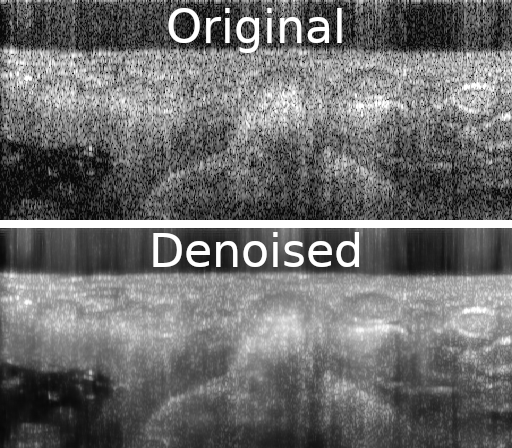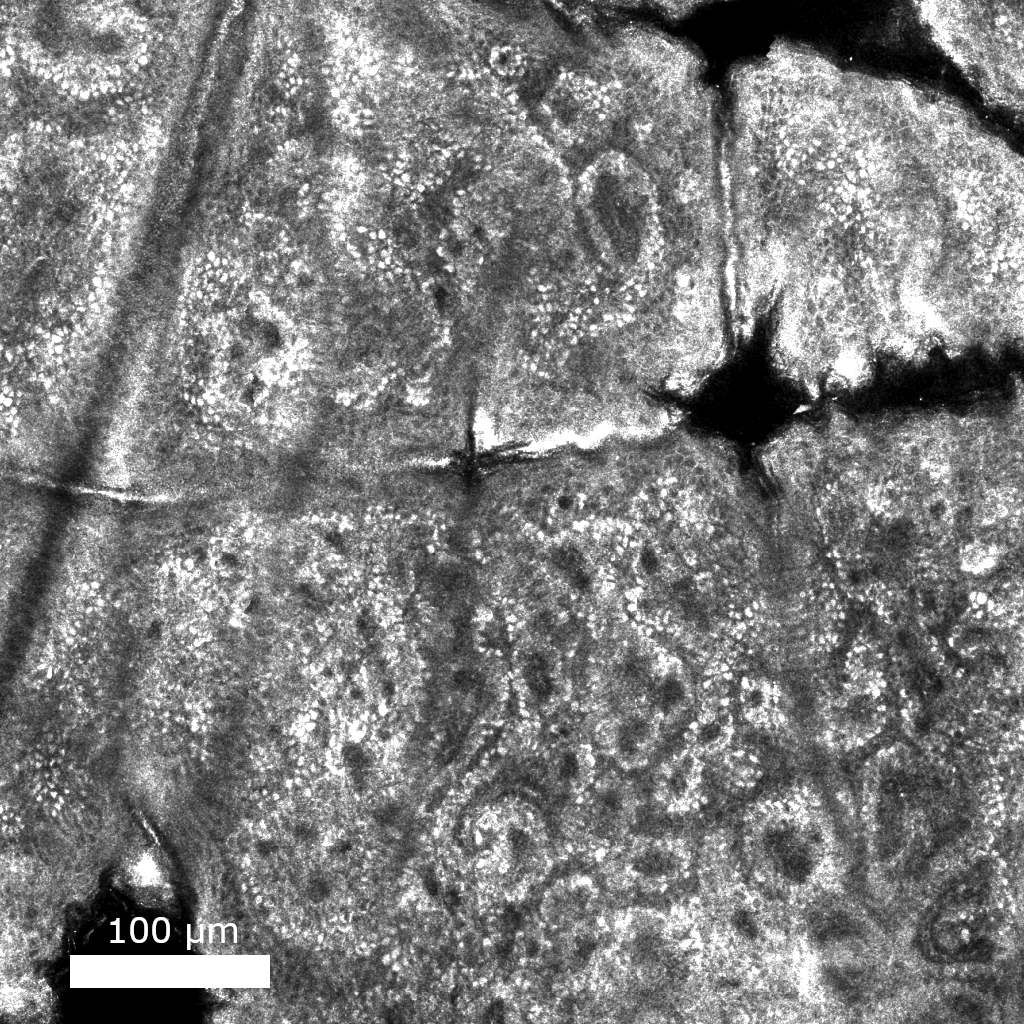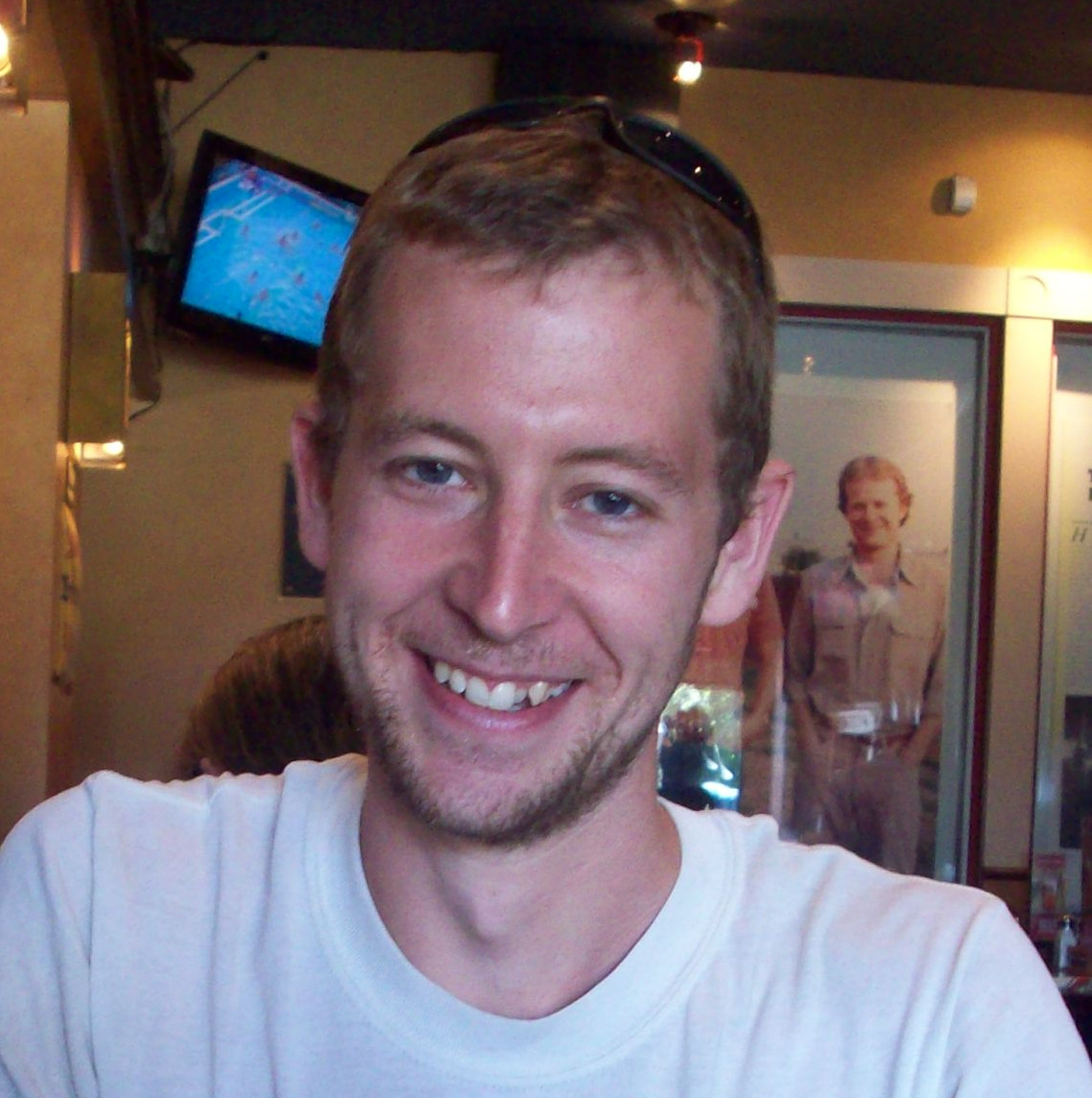About me
I am a biomedical engineer specializing in opto-electric systems for medical applications. My experience spans hardware, software, firmware, system integration, data collection/analysis, and machine learning methods.
I received my B.S. in Electrical engineering from Cornell University in 2009 where I focused on signal processing. I got my PhD in Biomedical Engineering with Fiorenzo Omentto's lab at Tufts University in 2016. My thesis looked at different methods of photo-modification of biomaterials with a particular focus on silk. From 2016 to 2021 I worked with Darren Roblyer at Boston University to develop and test novel diffuse optical imaging modalities. I also worked with Jennifer Dy and Milind Rajadhyaksha to develop new machine learning algorithms for diagnosis and monitoring of skin cancer. My most recent position was as a Senior Data Scientist at Biofourmis where I worked on designing and implementing advanced data processing algorithms on low-power microcontrollers.
Recent research
Self-supervised denoising of volumetric biomedical images
Worked on in: – (Publication link)

Improving medical images with machine learning is hard because of the difficulty in collecting datasets that contain gold standard, or ground truth images. Self-supervised methods can learn to denoise images solely from noisy data. In this work, I show how similarities between adjacent images in a volume can be used to remove noise from a variety of volumetric biomedical image data.
Machine learning for imaging skin cancer with reflectance confocal microscopy
Worked on in:

Reflectance confocal microscopy (RCM) is a noninvasive optical imaging modality capable of achieving cellular resolution that is currently used to rapidly diagnose skin cancer. I’m working on developing machine learning algorithms that will make it possible for the next generation of RCM microscopes smaller, faster, and cheaper.
Real-time diffuse optical spectroscopy
Worked on in: – (Publication link)

Diffuse optical spectroscopy has a long history of use for the monitoring of breast cancer, but lengthy acquisition and processing times have made it difficult to use in the clinic. While in the Roblyer lab, I helped develop an ultrafast spectroscopy system with onboard data processing and integrated it with a novel probe tracking technique to provide real-time information of tissue hemodynamics.
